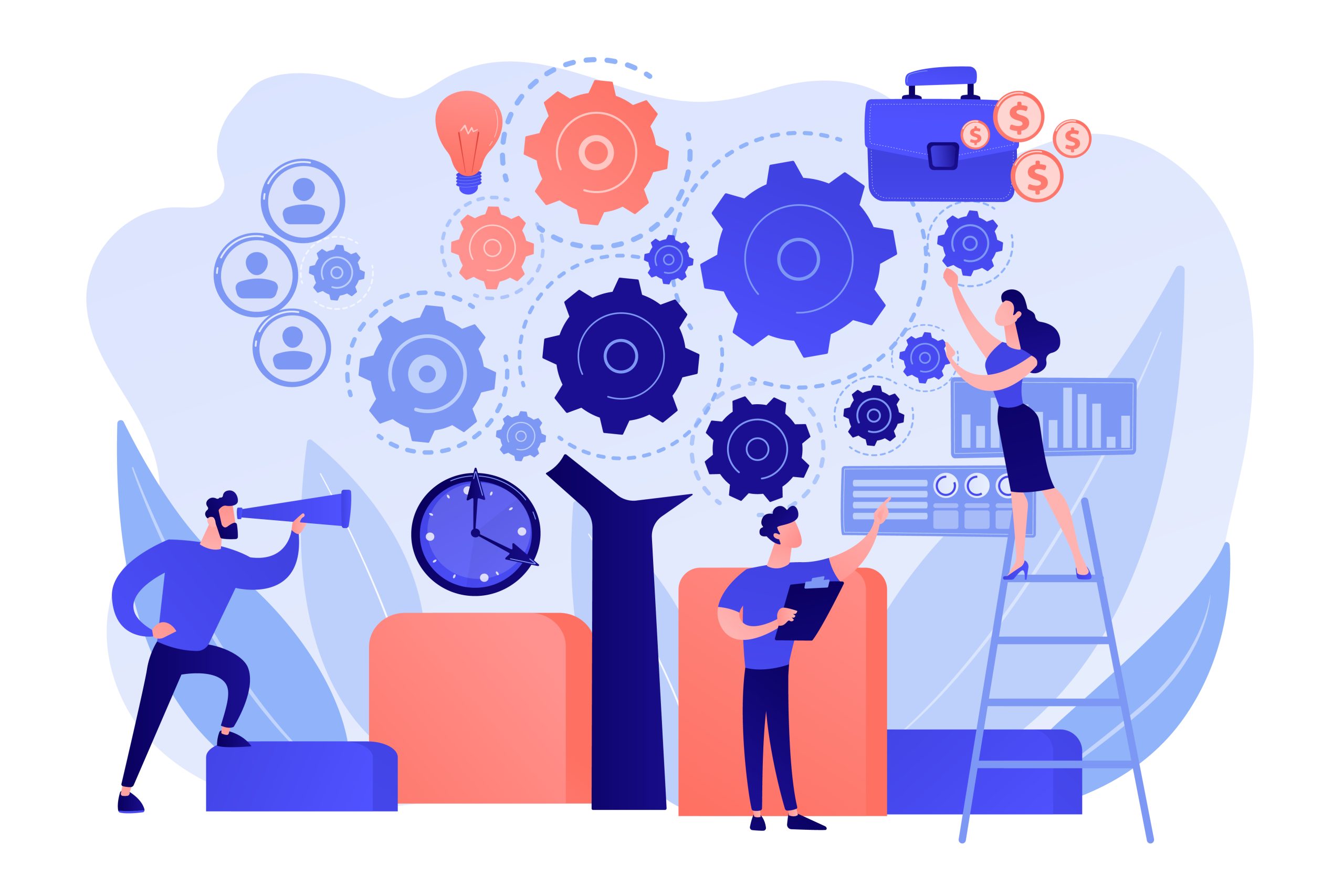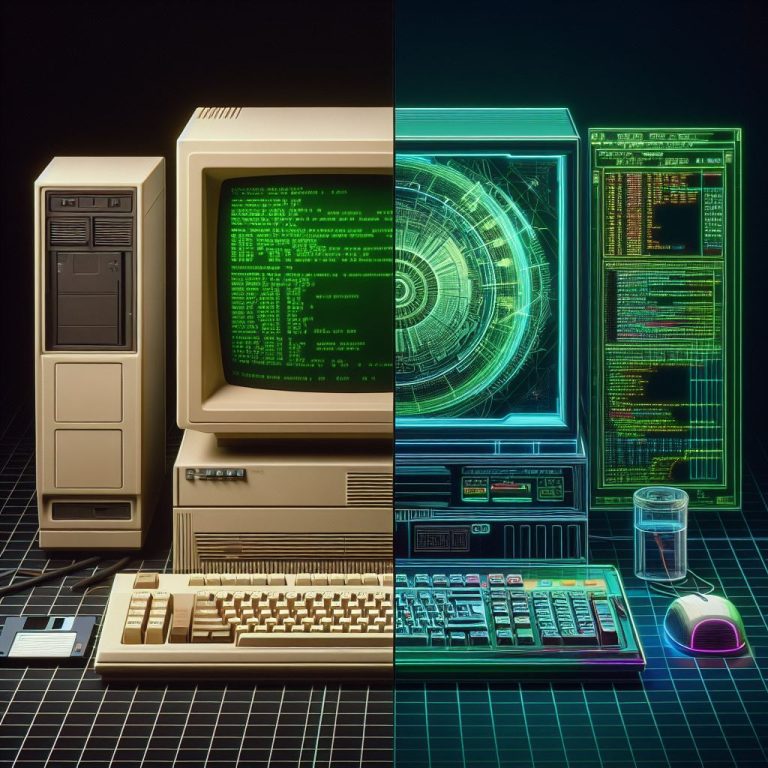The role of IT/OT stakeholders
By Marc-Antoine Boisvert – March 2024
With this first blog of The technological ecosystem in a manufacturing environment series, I want to briefly describe the main layers of technology architecture, to help situate the major components of a standard ecosystem. More specifically, I will explain the distinction between operational technology layers and information technology layers, and I will paint an ideal profile of the various stakeholders within the technological ecosystem.
Operational Technologies (OT)
Operational Technology (OT) encompasses all systems, both software and hardware, that focus on controlling and automating production equipment. This includes elements such as sensors, actuators, programmable logic controllers (PLCs), robots, and industrial control systems (SCADA, HMI). Their main objective is to maximize efficiency, productivity, and product quality while reducing operating costs through the automation of low-value-added tasks. Typically hosted locally on a highly secure OT network isolated from external access, these systems are increasingly being integrated by production equipment suppliers upon delivery. However, they may require adjustments by the customer for optimal integration and to meet specific needs.
Information Technology (IT)
On the other hand, Information Technology (IT) generally encompasses systems that facilitate production planning, maintenance management, inventory control and product traceability, raw material procurement management, operational support, finished product warehousing, and monitoring of environmental, quality, health, and safety issues. They also play a crucial role in decision-making aimed at maximizing productivity. These systems can be hosted locally (on-premise), but they are increasingly being offered in cloud-based versions (SaaS or software as a service on a Cloud). Many large organizations are still hesitant to make this transition, mainly due to migration costs and data security concerns.
The importance of integration between IT and OT
Although the boundary between IT and OT is not always sharply defined, it is important for experts from both domains to collaborate closely to ensure seamless integration. Companies that manage to achieve this full synergy between the two layers benefit from significantly improved return on investment. It is at this stage that one can truly speak of an effective and successful 4.0 strategy or digital transformation. Too many organizations operate a multitude of systems in parallel without concern for the uniformity and power of full integration. This is a symptom of a lack of collaboration among stakeholders from different systems and a systemic view of the technological ecosystem. A good practice to address this symptom is to clarify responsibilities among the various stakeholders. Typically, the following stakeholders are expected to be involved:
- The system owner and the subject matter expert: In a medium-sized organization, it is typically the same individual or team who assumes both roles. They are responsible for defining operational needs, mastering system functionality, as well as training and supporting users regarding system features. Unfortunately, many organizations neglect to clarify this crucial role and assign it to competent internal resources.
- The IT group: They are the guardians of integration, standardization, security, and user experience. The IT group should be involved in all phases of system acquisition or modification, such as defining requirements, market research, programming, integration, operation, and support. This group is expected to be experts in the field of information technology (primarily the container) but not necessarily in business processes and manufacturing processes (primarily the content).
- The OT group: They are primarily responsible for specifying, configuring, programming, and supporting various operational technology systems used in manufacturing processes. They are often part of the engineering team and must be in constant communication with the production team.
Let’s face it, not all organizations necessarily have the size or resources to establish these groups internally. However, I strongly recommend that these organizations consider hiring an external IT expert who can represent them and guide them on their journey towards successful digital transformation.






